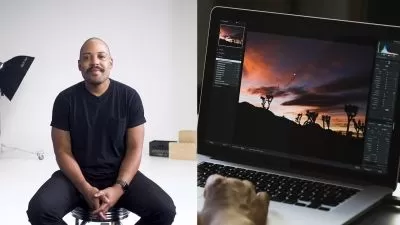Batch Processing Photos to Save Time
Richard Harrington
1:29:44
Description
Images often require the same adjustments. For example, events like weddings are shot on the same day with the same light, same backdrops, and so on. Rather than painstakingly edit each one, if you batch process your photos with automation, you can save a ton of time and get the same result more quickly. This course reveals the workflow and tools to use to batch process your photo collections. Photographer Rich Harrington first explains what can and can’t be done with batch processing. He then introduces four different toolsets for performing the work: native apps built into macOS and Windows; utilities and web-based tools such as XnConvert, IffanView, and QuickScale; the professional-grade Adobe suite including Photoshop and Lightroom; and the AI-based features offered in Luminar AI. Along the way, Rich shows how to create to extend the benefits of your initial adjustments even further.
Note: This course was created by Rhed Pixel. We are pleased to offer this training in our library.
More details
User Reviews
Rating
Richard Harrington
Instructor's Courses
Linkedin Learning
View courses Linkedin Learning- language english
- Training sessions 23
- duration 1:29:44
- Release Date 2024/09/19











